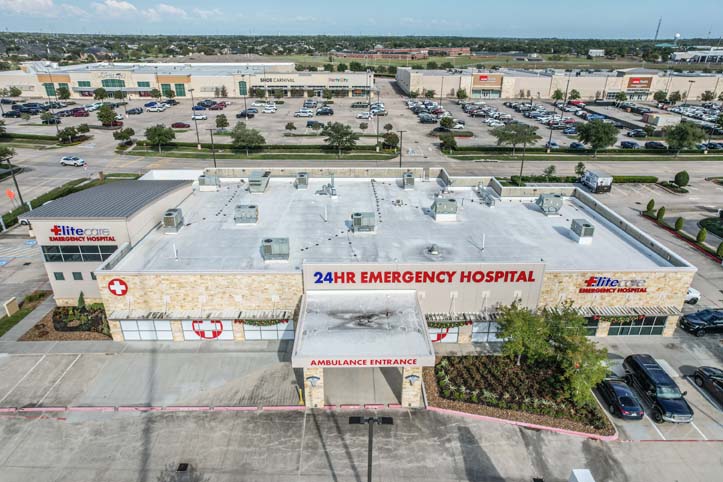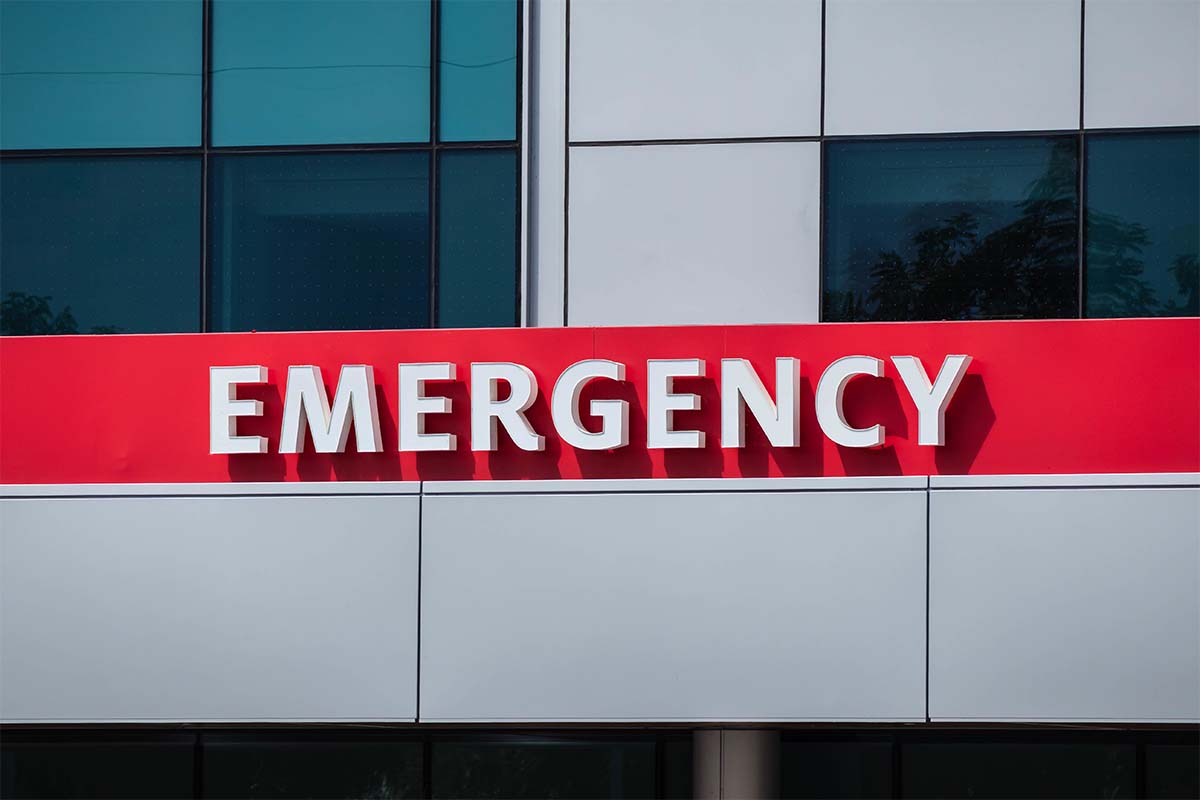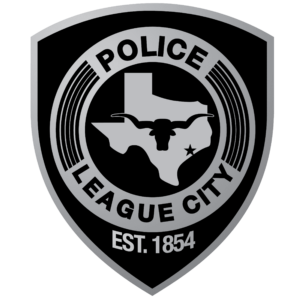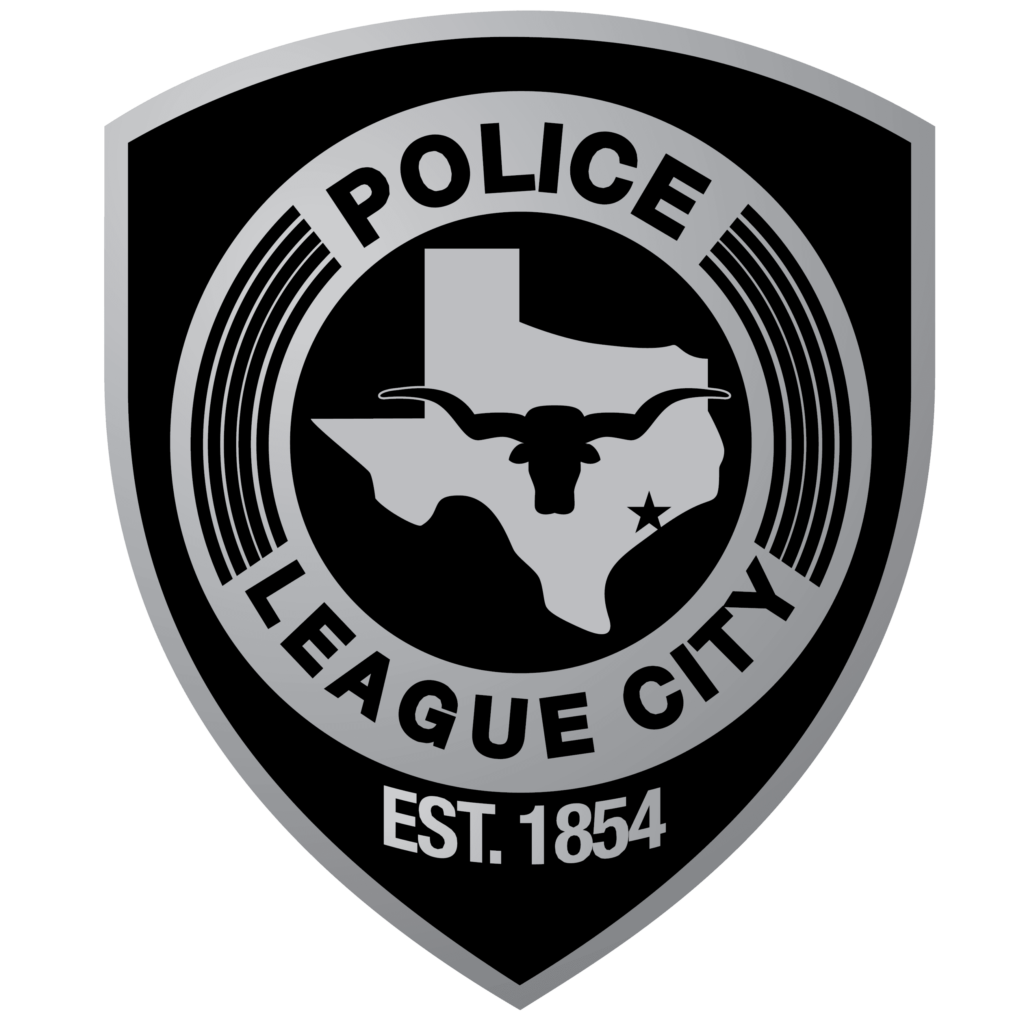Every year, thousands of individuals worldwide are affected by thoracic aortic aneurysm and aortic dissection, two life-threatening conditions that often go unnoticed until it is too late. To shed light on these silent killers, awareness campaigns have been initiated to educate the public about the symptoms, causes, and preventive measures. September is Thoracic Aortic Aneurysm and Aortic Dissection Awareness Month. Let’s delve into exploring the key aspects of these conditions and the resources available to promote awareness and early detection.
Understanding Thoracic Aortic Aneurysm and Aortic Dissection
Thoracic Aortic Aneurysm: A thoracic aortic aneurysm refers to an abnormal enlargement of the aorta, the main artery carrying oxygenated blood from the heart to the rest of the body. This condition is often caused by weakness in the arterial wall, leading to a bulging or ballooning effect. Over time, the weakened area may progressively enlarge, posing a significant risk of rupture or dissection, which can result in severe internal bleeding and potentially be fatal (Mayo Clinic).
Aortic Dissection: Aortic dissection occurs when a tear develops in the inner layer of the aortic wall, causing blood to flow between the layers and separate them. This separation weakens the arterial wall, making it susceptible to rupture. Aortic dissection is a medical emergency that demands immediate attention, as it can lead to severe complications, including organ damage and death (Mayo Clinic).
Symptoms of Thoracic Aortic Aneurysm
A thoracic aneurysm may cause symptoms like jaw, neck, or upper back pain, the back or chest hurting, symptoms of a heart attack-like pain, breathing difficulties including wheezing, coughing, or shortness of breath brought on by pressure on the trachea, pressure on the vocal cords or the nerves that supply the vocal cords can cause hoarseness, and having difficulty swallowing because to pressure on the esophagus. The signs of a thoracic aortic aneurysm might resemble those of other diseases. If you suspect an aneurysm, get immediate medical assistance. (University of Rochester Medical Center)
Prevention and Risk Reduction
By adopting a healthy lifestyle, including regular exercise, a balanced diet, and avoiding tobacco use, individuals can significantly reduce their risk of developing aortic aneurysms. Aortic aneurysm risk can also be increased by a few genetic connective tissue illnesses such Marfan syndrome and Ehlers-Danlos syndrome. Your risk may also be increased by the history of aortic aneurysms in your family. Moreover, routine check-ups and screening for high-risk individuals can aid in early detection and prompt intervention, potentially preventing the progression of aneurysms to aortic dissection. (Centers for Disease Control and Prevention)
Treatment of Thoracic Aortic Aneurysm
Medication and surgery are the two basic therapies for aortic aneurysms. Drugs can lower blood pressure and minimize the chance of developing an aortic aneurysm. The damaged area of the aorta can be replaced or repaired by surgery. Monitoring with MRI or CT to measure the aneurysm’s size and rate of growth may be part of the treatment. Doctors may recommend modest lifestyle adjustments that might slow the aneurysm’s growth. The location, nature, and state of your general health of the aneurysm will determine if surgical intervention is required. Depending on these factors, the two procedures that can occur are open repair of a thoracic aortic aneurysm, or thoracic endovascular aortic repair (TEVAR). (University of Rochester Medical Center)
Awareness is Key
Thoracic Aortic Aneurysm and Aortic Dissection Awareness Month plays a crucial role in educating individuals about these life-threatening conditions. By understanding the symptoms, risk factors, and available resources, we can promote early detection, preventive measures, and ultimately save lives. It is imperative to spread awareness throughout the year, encouraging individuals to adopt healthy lifestyles and seek medical attention when necessary. Together, we can combat the silent killers that are thoracic aortic aneurysm and aortic dissection.
When to Go to the ER
Our no-wait emergency room is equipped to quickly diagnose if Thoracic Aortic Aneurysm or Aortic Dissection is occurring. Our Board-Certified Emergency Room Physicians are trained to treat these conditions and to save lives. On-Site CT Scans and on-demand labs mean patients are assessed and treated quickly in a private room with comfortable amenities.
Works Cited
“Thoracic Aortic Aneurysm.” Mayo Clinic, Mayo Foundation for Medical Education and Research, 25 Apr. 2023, www.mayoclinic.org/diseases-conditions/thoracic-aortic-aneurysm/symptoms-causes/syc-20350188.
“Aortic Dissection.” Mayo Clinic, Mayo Foundation for Medical Education and Research, 6 Aug. 2021, www.mayoclinic.org/diseases-conditions/aortic-dissection/symptoms-causes/syc-20369496.
“Aortic Aneurysm.” Centers for Disease Control and Prevention, 27 Sept. 2021, www.cdc.gov/heartdisease/aortic_aneurysm.htm.
“Thoracic Aortic Aneurysm and Aortic Dissection.” Thoracic Aortic Aneurysm and Aortic Dissection – Health Encyclopedia – University of Rochester Medical Center, www.urmc.rochester.edu/encyclopedia/content.aspx?ContentTypeID=85&ContentID=P08258#:~:text=An%20aortic%20aneurysm%20is%20a,threatening%20bleeding%20and%20possibly%20death.
















